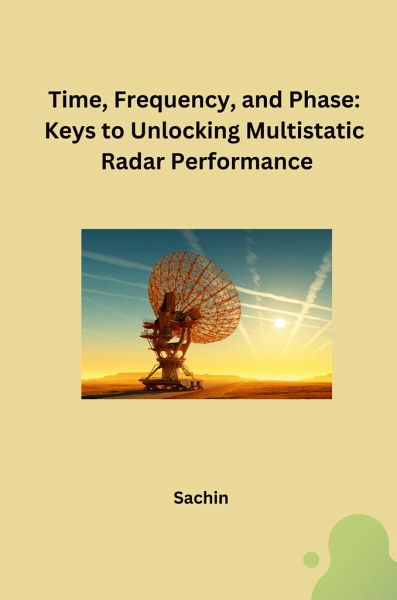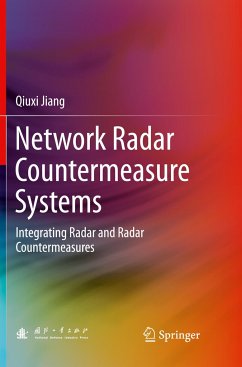
Time, Frequency, and Phase: Keys to Unlocking Multistatic Radar Performance
Versandkostenfrei!
Versandfertig in 6-10 Tagen
30,49 €
inkl. MwSt.

PAYBACK Punkte
0 °P sammeln!
Multistatic radar networks, with their separated transmitters and receivers, unlock a new level of radar capability. But to truly harness this potential, we need to master the language of radar waves: time, frequency, and phase.Time delays between received signals from different locations reveal a target's position and velocity. Frequency shifts, caused by the target's movement, provide additional information. By analyzing the phase - the alignment of wave peaks - across the network, we can enhance target resolution and discrimination, even against clutter.Effectively utilizing these three ele...
Multistatic radar networks, with their separated transmitters and receivers, unlock a new level of radar capability. But to truly harness this potential, we need to master the language of radar waves: time, frequency, and phase.Time delays between received signals from different locations reveal a target's position and velocity. Frequency shifts, caused by the target's movement, provide additional information. By analyzing the phase - the alignment of wave peaks - across the network, we can enhance target resolution and discrimination, even against clutter.Effectively utilizing these three elements requires sophisticated signal processing techniques. Precise synchronization between geographically dispersed units ensures accurate time delay measurements. Advanced algorithms then combine the data, taking into account the unique geometry of the network for superior target localization and characterization.Unlocking the power of multistatic radar lies in mastering the language of time, frequency, and phase. This allows us to extract the most information possible from the received signals, leading to unparalleled target detection, tracking, and classification














